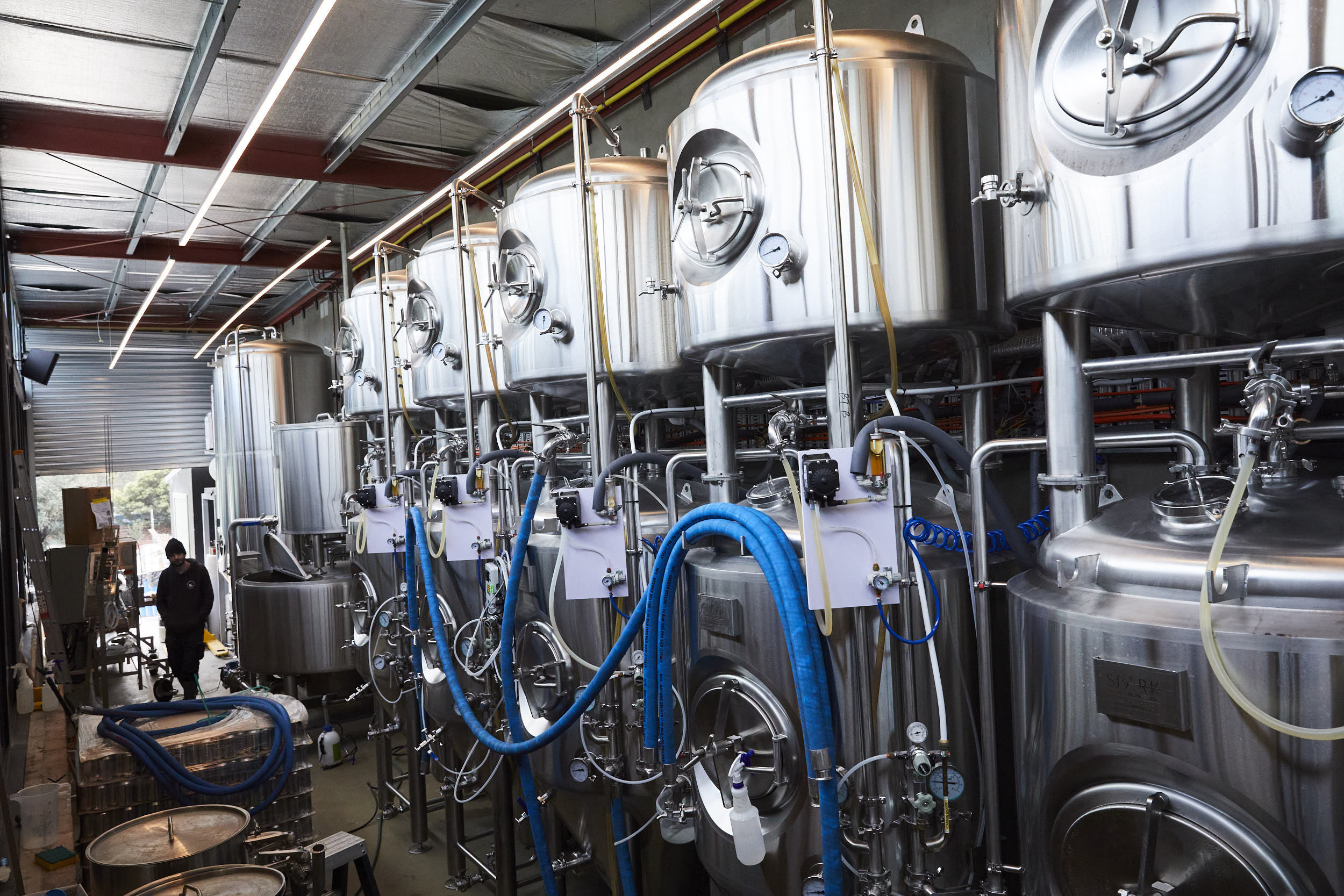
Water filtration in the brewing process

Water can be a complex subject which many people might shy away from. But not you! You are going to be someone who controls their water and by doing so you will automatically be in the top 5 percent of brewers.
Traditional styles developed regionally and brewers had to use the local water supply. Little did they know at the time that water affects every single stage of the brewing process including the taste of the finished beer.
These days we are fortunate to be able to treat our water and manipulate the mineral composition as we please. Many brewers opt for reverse osmosis (RO), yes this can strip your water right back allowing you to add back what you need but it can be costly when you are starting out and creates a lot of waste water. By understanding your water profile you can decide which solution is best for you and the style of beer you brew.
Can you be like the brewers of old and use your water untreated?
A quick word on historical water profiles:
Traditional styles developed regionally and brewers had to use the local water supply. This ultimately led to region specific beer styles defined largely by the water with which they were brewed. Little did they know at the time that water affects every single stage of the brewing process including the taste of the finished beer. Lucky for us we know and love chemistry!
Just for reference here are the water profiles of some classic beer styles. When replicating these styles you always want to ensure calcium levels of 50ppm or greater (if they knew the benefits of calcium back then I am sure they would have added it!)
[table id=46 /]
The bare minimum water treatment:
That wonderful (or not, depending on the specific catchment for your town supply…) potable tap water we all rely on can be perfectly suitable for brewing. Chlorine or chloramine is added to our tap water to keep microbes at bare minimum levels, and thankfully so. Chlorine must be removed from our brewing water otherwise chlorophenols form during the brewing process. These chlorophenols are perceptible in the flavour profile of the finished beer and can inhibit yeast or any other microbes used in the brewing process. Trihalomethanes (THMs) are a group of volatile substances that form due to a reaction between chlorine present in our drinking water and any organic matter in the water. As brewers we need to remove any chlorine and organic matter in our brewing liquor.
The easiest and most cost effective way is to filter all incoming water using a coarse filter, 100 microns or less coupled with an activated carbon filter. Any organic matter is removed by the coarse filter then the activated carbon adsorbs the THMs and chlorine in the water.
Calcium – add 14-18 grams of calcium chloride per 100l or 1 hL of brewing water. This will increase the calcium concentration in your water by approximately 50ppm. Calcium improves you brewing process by
- Preventing Gushing by precipitating oxalate ions.
- Stabilises malt enzymes during mashing
- Improving hot break formation
- lowering mash ph
- Minimises colour formation during boiling
- And acts as an enzyme cofactor
You can brew great beer just by doing the bare minimum water treatment. Look to further understand and improve your water composition as your brewery grows.
Your water report – Key concentrations
The first step in understanding your water is to obtain a water report from your municipality or get your water analysed. This is a laboratory analysis of what is in your water. The first thing to point out is that you may see parts per million ppm or mg/l they are the same thing e.g. 1 mg/l is equal to 1 ppm and you can use these concentrations interchangeably. As brewers we only want certain minerals in our water at preferably low concentrations so we can adjust the mineral composition of our water as per our recipe. The mineral composition of our water is an essential part of recipe development and maintaining consistency between recipes. To make life easier the table below is what an ideal base water profile looks like – you can build up from this depending on your requirements.
[table id=47 /]
What styles will you mostly be brewing?
So maybe your water profile does not resemble the soft waters of Pilsen. No matter you may find that after the bare minimum water treatment your profile may be suitable for a particular style. You need to ask yourself what am I going to mostly be brewing then assess your water based on that. Here is a handy table that can help you assess the suitability of your water for the styles that you brew. If your water profile falls within the concentrations for a particular beer type in the table below you are good to go.
[table id=48 /]
Why choose Spark:
There are many questions that may come up when you are planning your brewery build. Spark has installed 50 breweries Australia wide and have all the answers. We work closely to support your decisions before, during and long after a project is complete.
We don’t just supply equipment, we deliver profitable operating businesses and every project gets an engineer, project manager and brewer to ensure high quality beer and speed to profitability.
If you want a long term partner not just an equipment supplier – get in touch



